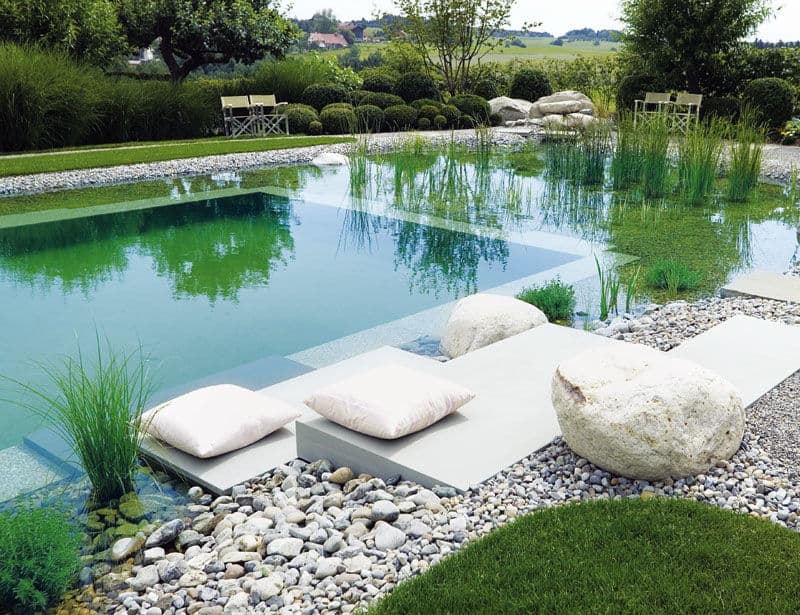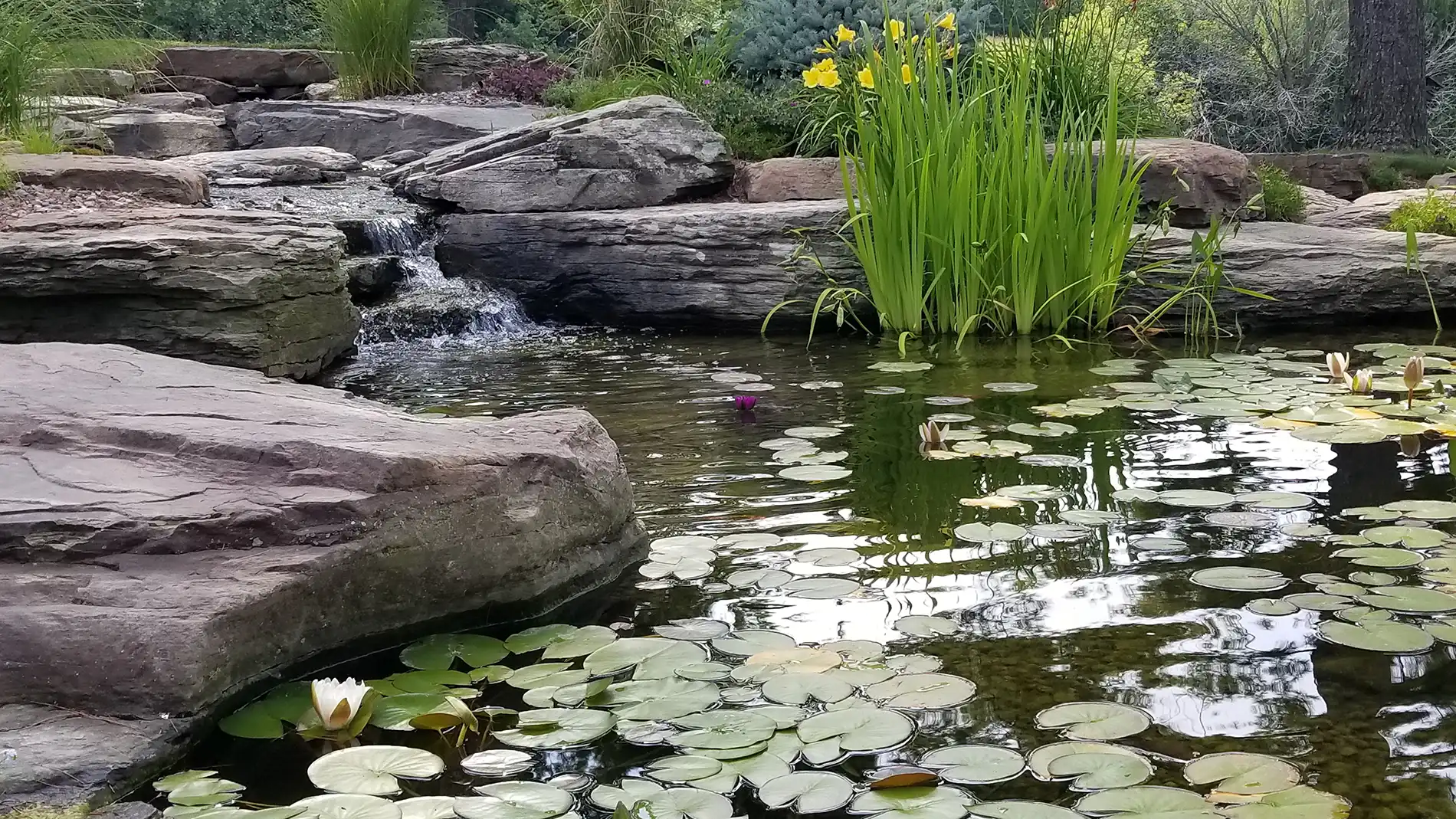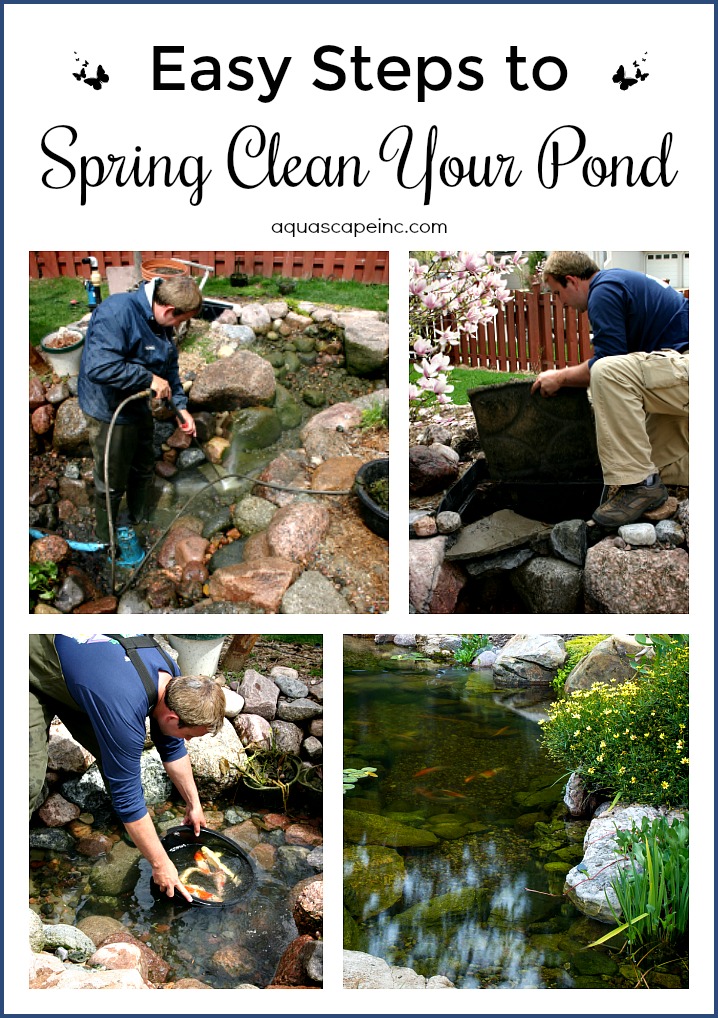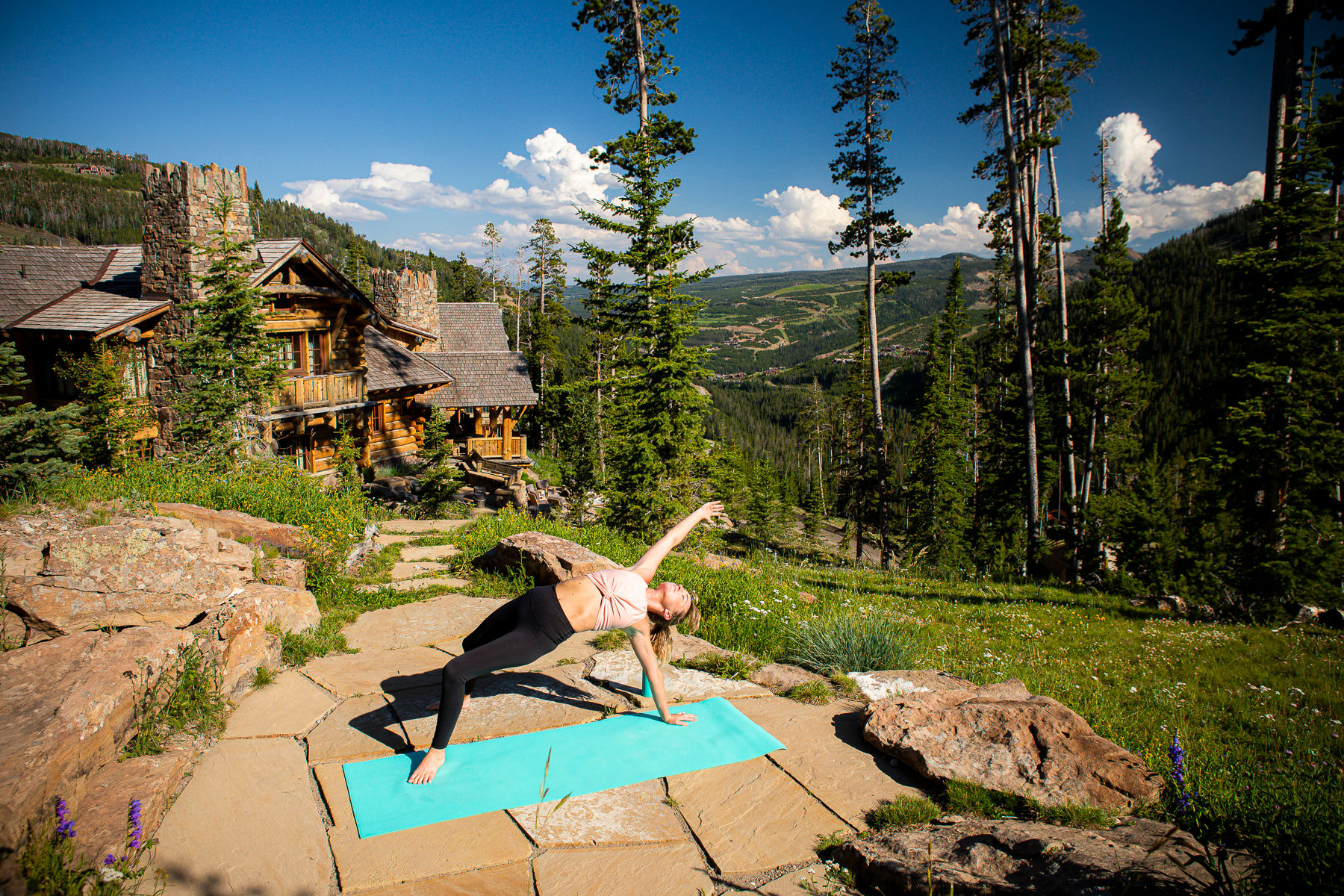Practicing yoga near water provides a unique opportunity to deepen your mindfulness and enhance relaxation. The soothing sounds of gently flowing water, combined with the serene surroundings, create an ideal atmosphere for meditation and reflection. Engaging with nature while you practice can improve your mental health, foster a sense of calm, and help you feel more grounded. This guide will explore how to design meditative spaces around swim ponds, select appropriate plants, create functional yoga platforms, maintain these spaces through seasonal changes, and showcase real-life inspirations for your outdoor practice.
Transform Your Yoga Practice with Nature’s Embrace
Yoga is fundamentally about connection—connecting with your body, your breath, and your surroundings. Practicing in nature, especially near water, can amplify these connections. The tranquil setting created by a swim pond enhances your ability to focus and contributes positively to your mental health.
The natural beauty surrounding water bodies provides a calming effect that promotes mindfulness. Engaging with the sights and sounds of nature elevates your experience, allowing you to concentrate more deeply during your practice. Natural materials, like stone, wood, and earth, seamlessly integrate into your yoga space, creating a balanced environment. This connection to nature is often referred to as bio-aesthetics, emphasizing the importance of the environment in your wellness journey.
The benefits of practicing yoga by water include improved mindfulness and relaxation, as well as a deepened sense of well-being. Picture your ideal space that encourages both serenity and rejuvenation.
Source: Silk Balance
Designing the Perfect Meditative Space Around Swim Ponds
To create a calming atmosphere around your swim pond, thoughtful design principles that prioritize relaxation are essential. Start by incorporating natural materials; using stone, wood, and organic textures creates a visual and tactile connection with the outdoors.
Carefully consider the layout of your space. Incorporating seating areas—like benches or platforms—will allow for meditation and reflection while enjoying views of the water. Using a limited color palette of soft, muted tones promotes tranquility and visually unifies the area.
Paths made from natural stone can serve both a functional and aesthetic purpose, enabling walking meditation. Gentle water features, such as small waterfalls or fountains, can provide soothing sounds, enhancing your meditative experience. Additionally, establish designated zones for swimming and meditation; this separation allows for diverse experiences in the space.
Incorporating these mindful elements into your meditative space can foster a deep sense of peace while still connecting you to the environment.

Source: One Kind Design
Choosing Tranquil Plants for Your Yoga Oasis
The selection of plants around your swim pond significantly impacts both aesthetics and functionality. Utilizing aquatic plants, like water lilies, not only beautifies your space but also helps maintain water quality. These plants enhance tranquility and provide a natural habitat for local wildlife.
Pickerelweed is another excellent option; it features tall blue-purple flowers and thrives in damp environments, supporting both the ecosystem and your pond’s visual appeal. Other beneficial plants include hornwort and yellow flag iris, both of which contribute to water purification and habitat enhancement.
Choosing native plants offers additional benefits, as they naturally thrive in the environment and support local ecosystems. Aim for diversity by incorporating a blend of submerged, floating, and marginal plants. Research has shown that such a mix can reduce reliance on chemical treatments by up to 80%, thus enhancing the ecological quality of your swim pond while adding beauty.
Strategically selecting plants can enrich the natural beauty and health of your practice space.

Source: Reflections Water Gardens
Crafting Calm: Best Practices for Yoga Platforms by Water
When integrating yoga platforms around swim ponds, it’s vital to prioritize sustainable design practices that minimize environmental disruption. Start by choosing permeable materials for your platforms, allowing rainwater to soak into the ground and nourish nearby vegetation.
Elevating your platforms minimizes soil disturbance and encourages native plants to thrive underneath. Additionally, using local materials that blend seamlessly with the natural landscape creates a harmonious environment.
Create buffer zones with native flora between yoga spaces and the water to filter runoff and protect aquatic ecosystems. Remember that designing spaces that can serve multiple purposes, such as workshops or relaxation areas, maximizes your investment and user experience.
Practicing mindfulness extends beyond your yoga routine—consider how your structures engage with and nurture the surrounding environment.

Source: Freepik
Maintaining Serenity: Seasonal Care for Your Meditation Space
To keep your meditation space serene throughout all seasons, specific maintenance practices are essential. In spring, clear away debris from the area and inspect your platforms for winter-related damage. Replanting and pruning can refresh the space and restore its beauty.
During warmer months, manage algae growth by using natural methods, such as barley straw or beneficial bacteria. Keep aquatic plants trimmed to ensure a balance between aesthetics and functionality. Additionally, shade structures can provide comfort during hot weather, making practice more enjoyable.
As autumn approaches, plan for leaf management to preserve water quality. As winter nears, prepare by winterizing water features and ensuring access paths remain clear. Year-round maintenance has been shown to increase meditation frequency among practitioners, so developing a thoughtful maintenance routine can profoundly impact your overall experience.
Proper care throughout the seasons enhances the environment, fostering an atmosphere ripe for mindfulness and reflection.

Source: Aquascape
Real-Life Inspirations: Successful Outdoor Yoga Spaces
Learning from successful examples can inspire your own outdoor yoga setup. Analyze locations that have effectively integrated yoga platforms with swim ponds, observing their design choices and environmental considerations.
Explore wellness retreats that feature water yoga and multi-functional spaces. These environments can provide practical insights and ideas that you can adapt for your practice.
Additionally, reflect on lessons learned from previous design challenges to recognize how they can improve your space. As the trend towards aqua yoga grows, absorbing these insights can help you create an enriching environment that maximizes the benefits of nature in your practice.
Finding inspiration in successful projects can guide you toward creating your unique yoga sanctuary by the water.

Source: Blanchford Landscape
Conclusion
Integrating yoga practice with the serene environment of swim ponds offers numerous benefits for wellness and tranquility. By thoughtfully designing your meditative space, choosing plants that harmonize with the environment, utilizing sustainable materials for platforms, and maintaining your space throughout the seasons, you can cultivate a rich outdoor environment.
As you embark on this journey, remember that each element contributes to a greater connection with nature. Whether it’s the gentle sound of flowing water or the beauty of aquatic plants, let your surroundings enhance your practice while fostering relaxation and mindfulness.
Your outdoor yoga oasis is waiting—begin your journey to tranquility today!

